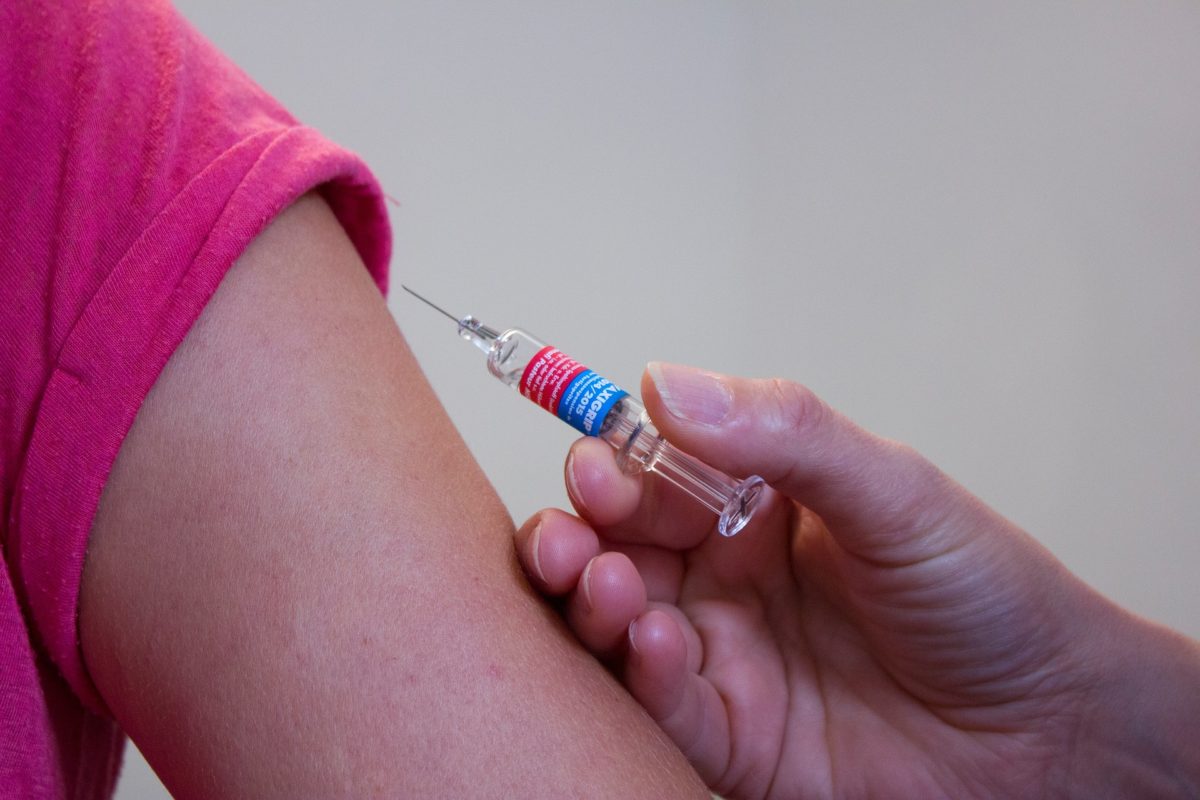KUALA LUMPUR, March 11 — An unvaccinated US boy’s tetanus treatment in a hospital totalled US$811,929, but his family still refused to give him a follow-up dose of the tetanus vaccine or other vaccines.
The Washington Post reported that the 2017 life-threatening tetanus case involving a six-year-old boy in Oregon, according to a new case study by the Centres for Disease Control and Prevention (CDC), was the first in the state in more than three decades.
“The patient was in the intensive care unit, in critical condition, for over six weeks,” Judith Guzman-Cottrill, an author of the report and a paediatrics professor at Oregon Health & Science University, told The Washington Post.
“The complex and prolonged care led to the high treatment cost. In contrast, the cost of one DTaP dose is somewhere around US$24-$30 a dose, and this illness could have been prevented with five doses of DTaP vaccine,” she added, referring to the vaccine which protects against diphtheria, tetanus, and pertussis (whooping cough).
The boy’s medical charges in a paediatric hospital of US$811,929 reportedly excluded the cost of being airlifted to the hospital or of inpatient rehabilitation. It was unclear who paid the bill.
Doctors gave the boy the DTaP vaccine.
The neuromuscular disease, which saw involuntary muscle spasms cause the boy’s jaw to begin clenching and for his neck and back to arch, led to the boy spending another two and a half weeks at a rehabilitation centre after he was transferred from the hospital.
It reportedly took the boy about a month after his rehab to do things like running and bicycling.
“Despite extensive review of the risks and benefits of tetanus vaccination by physicians, the family declined the second dose of DTaP and any other recommended immunisations,” the CDC report was quoted saying.
Tetanus is a bacterial infection caused by contaminated wounds, like stepping on a nail. It is occasionally described as “lockjaw” because jaw muscles cramp at the start of the disease infection.








